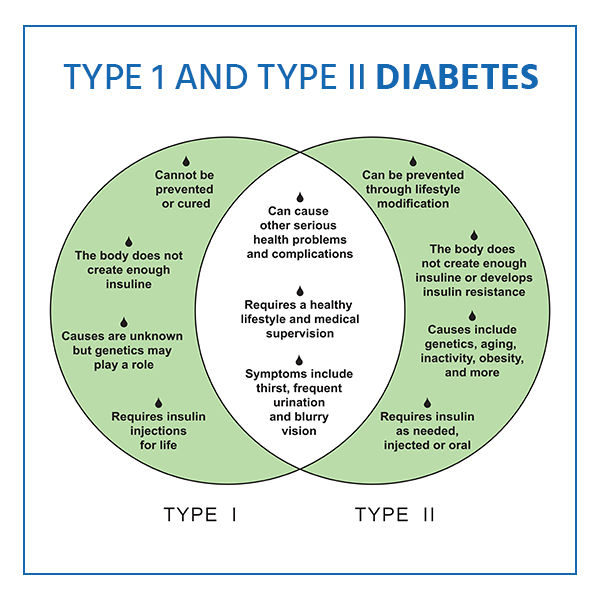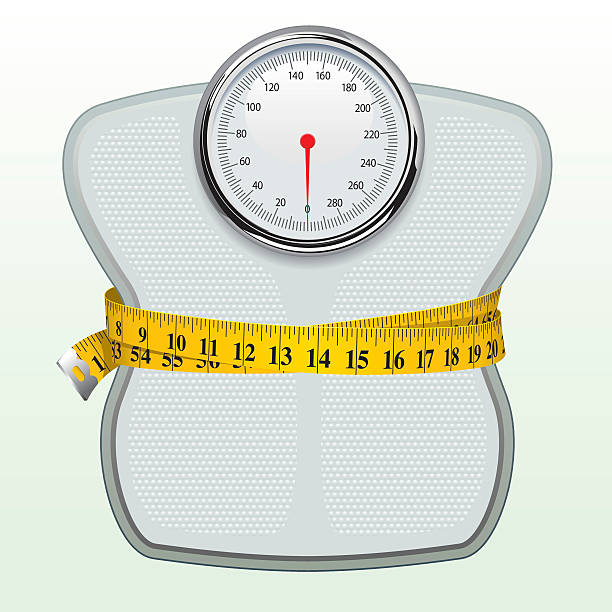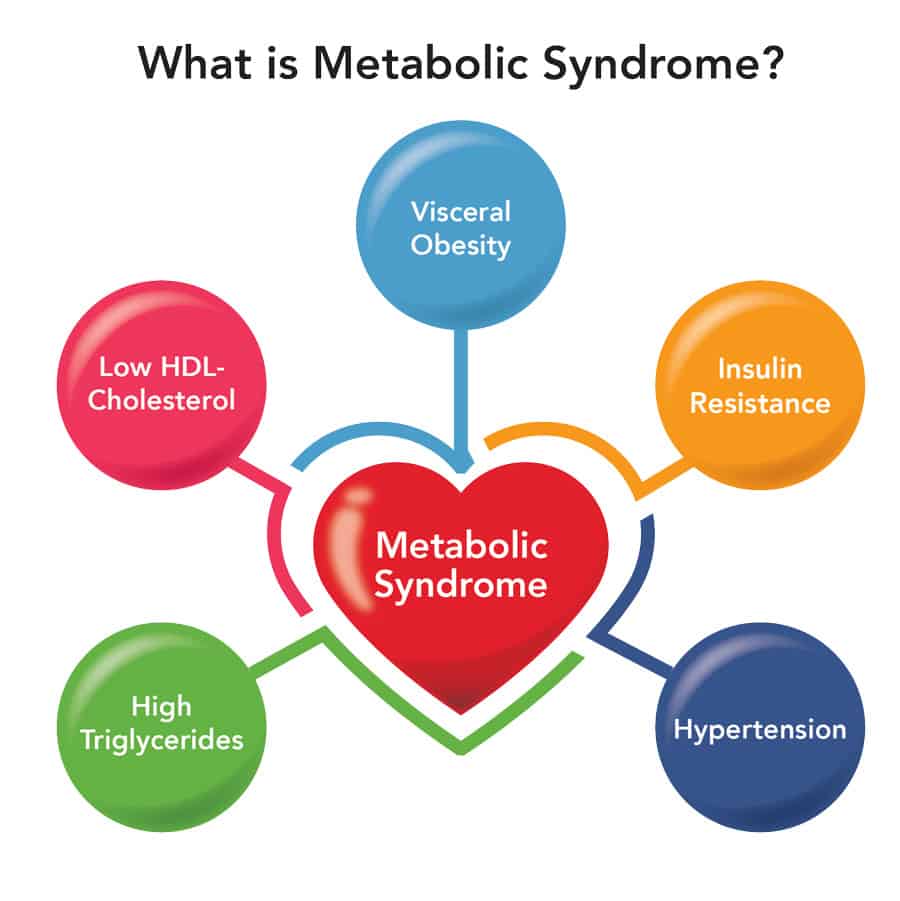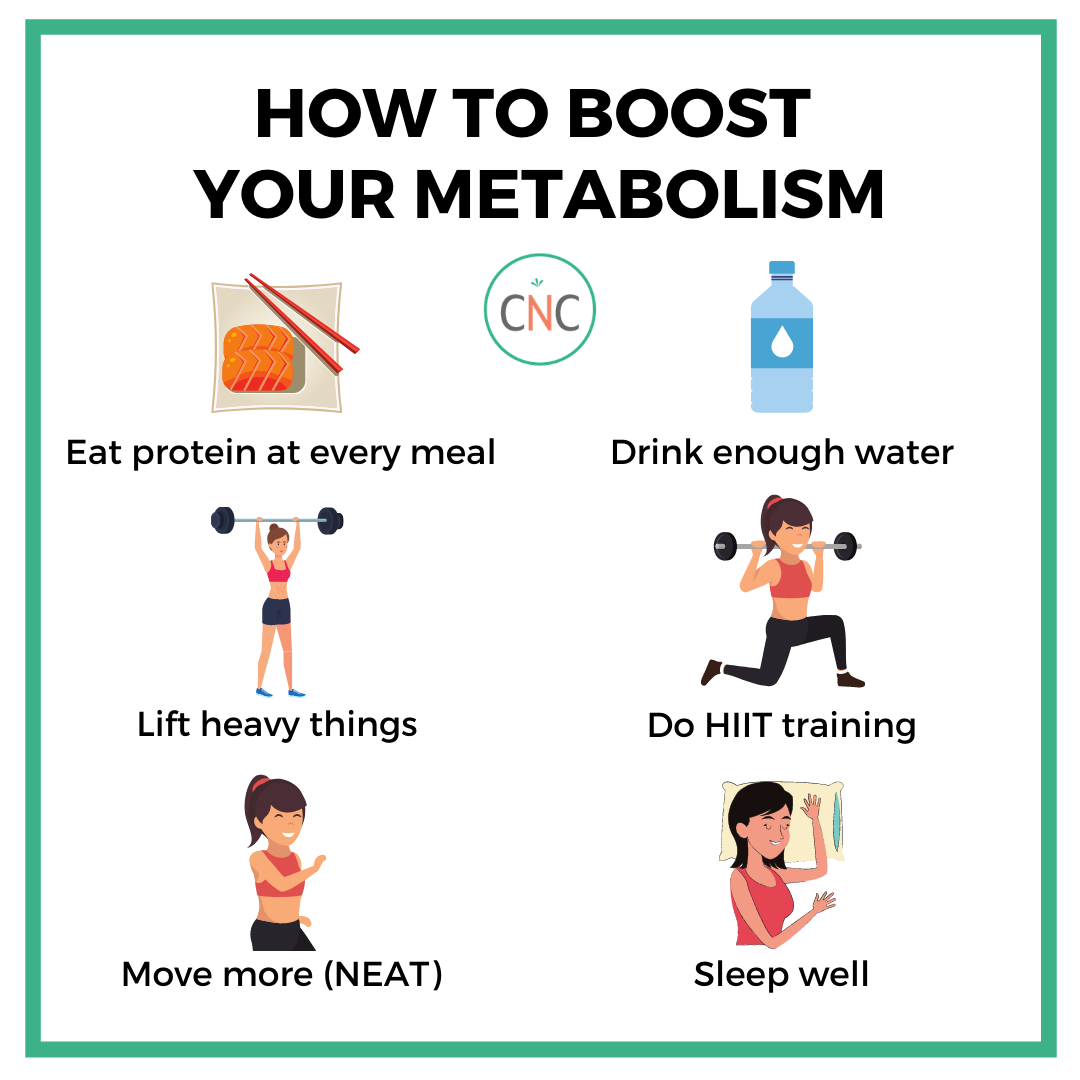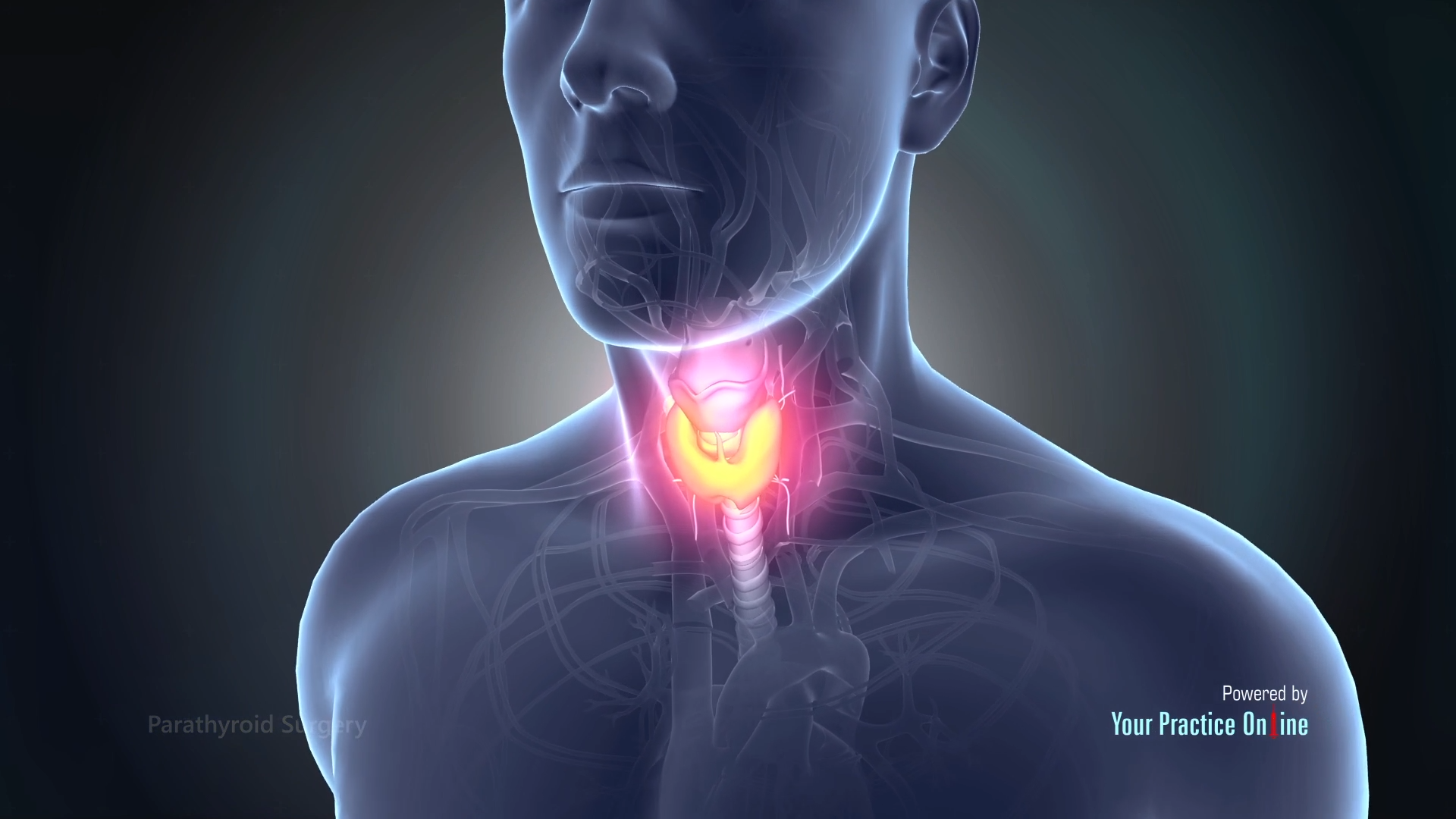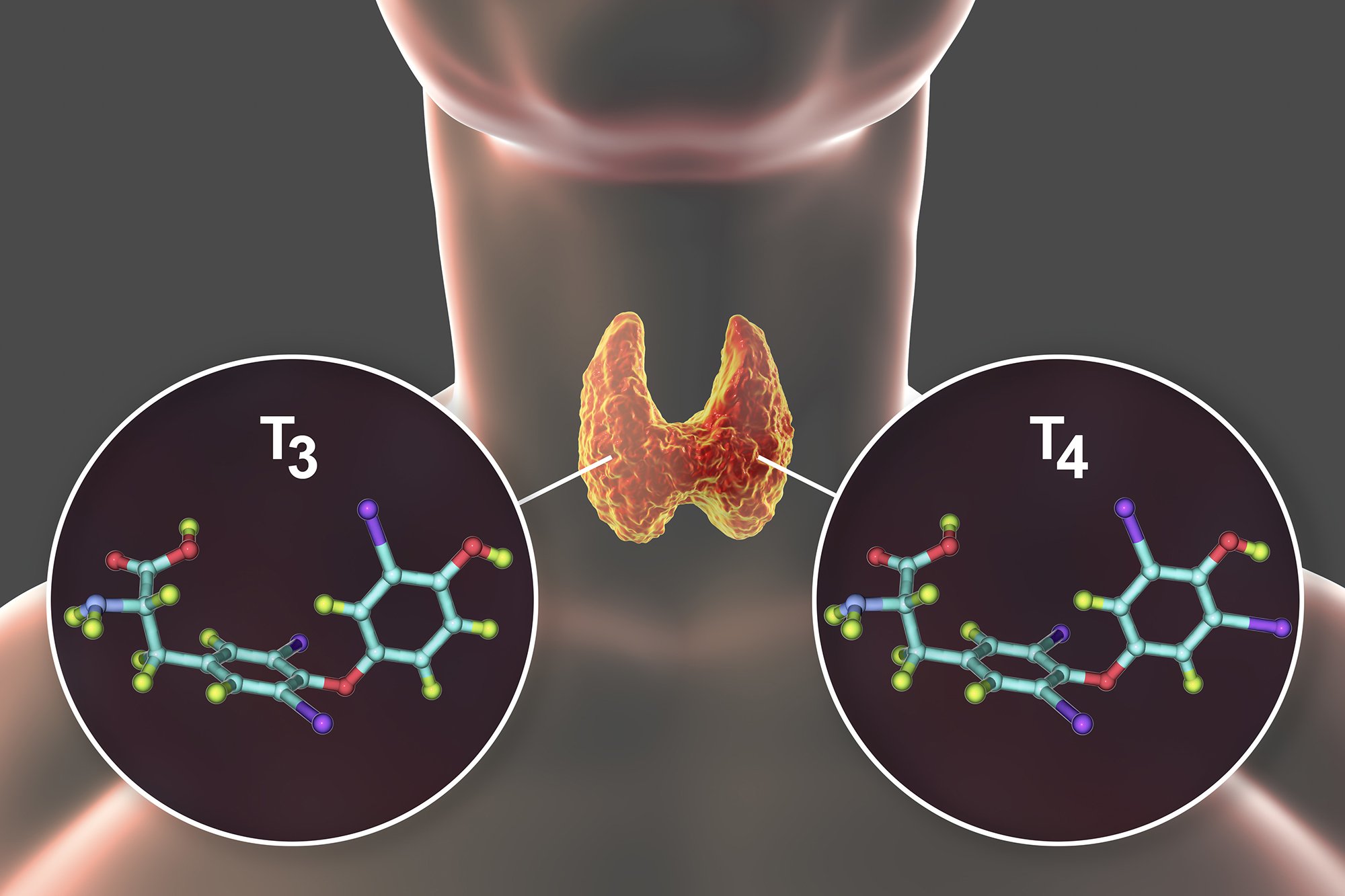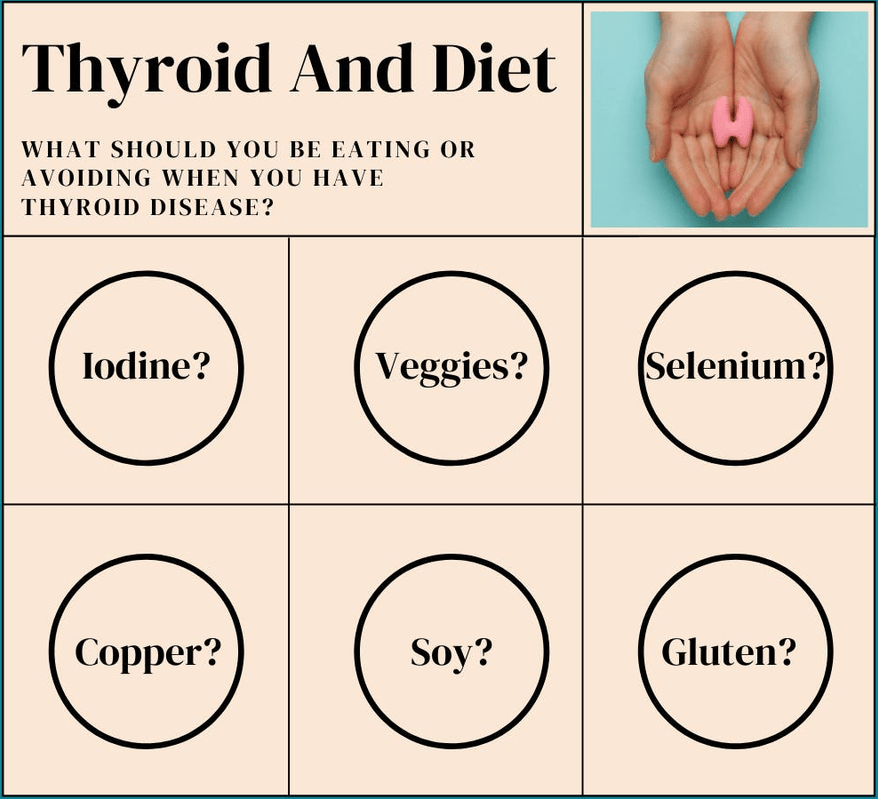Do Eskimos with type 1 diabetes still need to take insulin?
Houston Endocrine Center2022-11-16T19:55:55+00:00If you have type 1 diabetes, you know it’s no walk in the park. You must take insulin injections multiple times every day and keep track of your blood sugar levels.
But does that mean you should also care for your skin if you’re an Eskimo? The answer may surprise you.
Diabetes

Diabetes is a group of metabolic conditions in which the body can’t properly process sugar. There are two main types of diabetes: type 1 and type 2. People with type 1 have low insulin production, while most people with type 2 produce insulin, and their bodies don’t respond properly.
People with type 1 diabetes will need insulin; however, because their bodies cannot produce the hormone independently, they will require regular injections or an alternative delivery method like an insulin pump or pen device.
A third option is an oral medication that lowers blood sugar levels by mimicking the effects of insulin in your body (these medications are called sulfonylureas).
Type 1 Diabetes

Type 1 diabetes is an autoimmune disease in which the immune system attacks insulin-producing cells in the pancreas, resulting in a lack of insulin. The pancreas cannot produce enough hormones to regulate blood sugar levels.
This can be treated with insulin injections, but some people can control their blood glucose levels through diet and exercise alone. These individuals may not need to take insulin at all (though they will still require good management).
Type 2 diabetes is different from type 1 diabetes because it does not involve an autoimmune component; rather, it’s related more closely to genetics and lifestyle factors like weight gain or lack thereof as well as overall nutrition and physical activity level.
Eskimo Type 1 Diabetes
Eskimo-type 1 diabetes is a rare type 1 diabetes, mainly affecting people with Inuit or Native American ancestry. It’s caused by a genetic mutation that causes the body to be less sensitive to insulin than normal. This means that even though these patients produce normal amounts of insulin, their bodies don’t respond to it as well as they should.
The condition is much less common than other forms of type 1 diabetes. Scientists estimate that about one percent of people diagnosed with type 1 develop the condition, compared to about 10 percent for all forms combined (including both types).
What Causes Eskimo Type 1 Diabetes
The cause of this type of diabetes is a genetic mutation, which means you were born with it. The genes that tell your body to make insulin are defective, but they differ from those involved in type 2 diabetes.
Eskimo type 1 diabetes isn’t common—it’s estimated that only one in 30,000 Americans have it (compared to about one in 10 people with type 1).
But it’s still possible for an Eskimo with diabetes to contract other health issues due to their condition; many are at higher risk for kidney disease and hypoglycemia if left untreated or unmanaged properly.
Signs and Symptoms
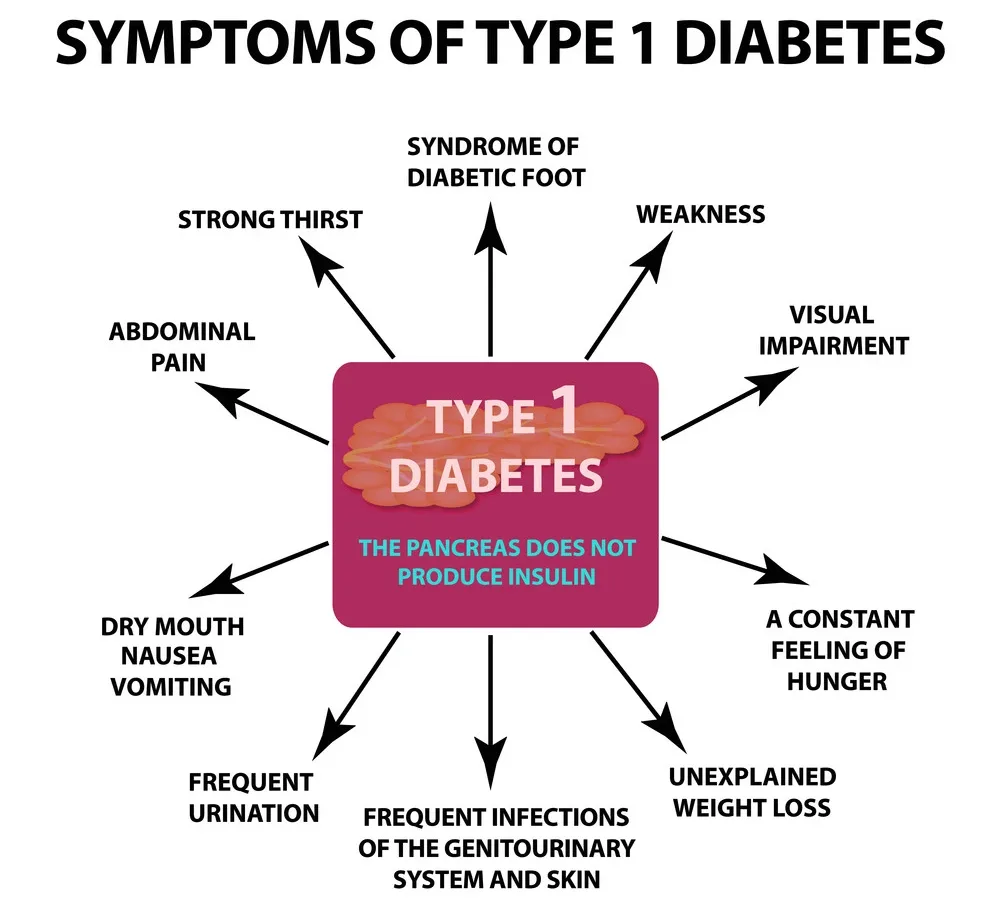
The symptoms of Eskimo type 1 diabetes are similar to those of the autoimmune form, with some notable differences. The disease is often characterized by a greater number of initial attacks and a slower progression over time.
This can make it difficult to detect at first, as periods with no symptoms will last for weeks before reoccurring.
The first signs that you may have Eskimo type 1 diabetes include:
- Extreme thirst
- Frequent urination (polyuria)
- Nausea and vomiting
Treatment For Eskimo Type 1 Diabetes

If you have Eskimo type 1 diabetes, your doctor will want to know that you’re doing all of the following:
- Taking insulin injections as needed and as prescribed.
- Eating a healthy diet. Your doctor may recommend avoiding foods that raise blood sugar levels too much, such as sugary sweets and starchy carbohydrates (like loaves of bread).
- They may also suggest what kinds of food should make up most of your diet, such as high-fiber vegetables and lean meats.
- Limiting stress by practicing relaxation techniques, like meditation or yoga. Stress can affect blood sugar levels significantly.
And lastly:
- Exercising regularly. Physical activity is one of the best ways to keep blood sugar levels under control. Your doctor may recommend exercising at least 30 minutes daily, five days a week.
Do Eskimo Type 1 Diabetics Still Need To Inject Insulin?

The answer is yes. Eskimo type 1 diabetics still need to inject insulin. However, they may need to inject more insulin than other people with diabetes. They also may have a higher risk of developing hypoglycemia (low blood sugar) and hyperglycemia (high blood sugar). In addition, they may require more frequent injections during the night.
If you have diabetes and are an Eskimo type 1 diabetic, you must talk with your doctor about how much insulin you need. This is especially true if you’re also pregnant or breastfeeding because these conditions can change how your body responds to insulin.
Conclusion
In conclusion, the answer to this question is no. Eskimos with type 1 diabetes still need to take insulin after they are healed from the disease. This is because when you stop taking insulin, your body returns to a state of ketosis and starts eating its muscle tissue again like it did before you started treatment.
If you do not want more damage done to your body, please take care of yourself by sticking with the plan we have laid out today!



